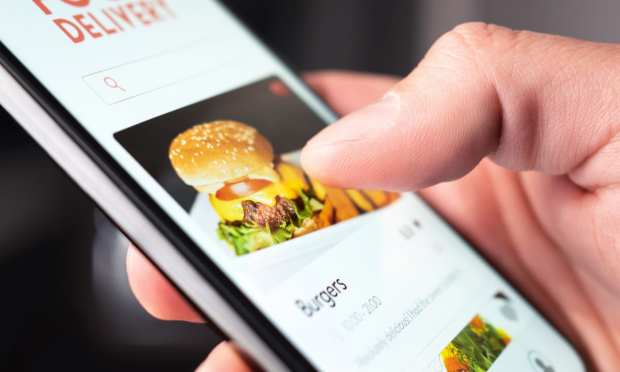New Data: Lingering Pandemic Fears Continue Reshaping Restaurant Ordering And Loyalty

To begin with a conclusion, PYMNTS May 2021 edition of Delivering On Restaurant Rewards, a Paytronix collaboration, notes that “The ranks of … returning brick-and-mortar customers are likely to grow as more of the U.S. population is inoculated, but they are unlikely to abandon the digital ordering practices they have picked up since the pandemic’s onset.”
Keeping these consumers engaged is a matter of obliging wishes “for both the experience of dining on-site and the convenience of ordering online by proving a mix of both physical and digital ordering capabilities combined with the loyalty programs they want.”
Seems straightforward, but as we’ve come to expect in this odd era, there’s more to this story.
To get at those facts and insights, PYMNTS researchers surveyed a census-balanced panel of over 2,200 U.S. consumers about rewards programs they use — and would use even more — if experience and reward are properly aligned with the new digital everything.
Much is clarified by the new data, including this: pandemic fears continue reshaping digital ordering patterns, with 25 percent of the “health-concerned” now decidedly digital.

For Millions, On-Site Dining Is Tastier After ‘The Stick’
Observing shifts across the continuum of restaurant goers, Delivering On Restaurant Rewards notes that “Table-service restaurant customers are consistently more likely to have made the digital shift, regardless of what their primary pandemic-related concerns may be,” with 23 percent of “health concerned” consumers shifting to online ordering from table-service establishments. That figure drops to 16 percent for quick-service restaurants (QSRs).
Researchers found health-concerned consumers are the most likely to dine on-site more often post-inoculation: 32 percent say they’ll do more in-person ordering after the stick, versus 28 percent of economy-concerned and 27 percent of the social-concerned consumers.
Per the latest study, “The fact that there are still so many health-concerned consumers planning to get vaccinated — and that vaccination alleviates health concerns and leads many to feel more comfortable dining on-site — strongly indicates that consumers’ appetites for on-site dining will gradually return as mass vaccination rollouts continue.”

A Quizzical Loyalty Lift
Global health crises create bizarre side effects. For example, PYMNTS researchers continue to find puzzling connections between pandemic-related concerns and loyalty program usage.
As is stated in the May edition of Delivering On Restaurant Rewards, “Economy-concerned customers are the most likely of all to use restaurant loyalty programs,” with fully 50 percent using loyalty from at least one restaurant, followed by the social-concerned at 46 percent.
“Consumers whose primary worries about the pandemic pertain to their health and the health of those around them are the least likely group to use at least one loyalty program, at 41 percent,” according to the new data. “Economy-concerned customers are the most likely to use table-service restaurants’ loyalty programs … but they are the least likely to use QSRs’ loyalty programs, at 36 percent. Social-concerned consumers top QSR loyalty, with 44 percent being enrolled in at least one QSR loyalty program.”
This connection between pandemic fears, digital ordering and physical engagement will bear more study as the pandemic recedes and new consumer behaviors solidify over time.

